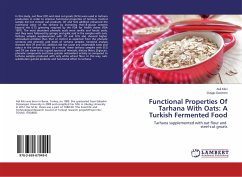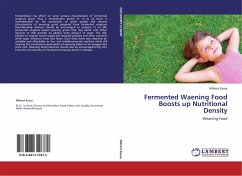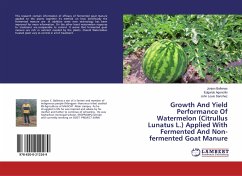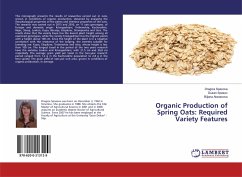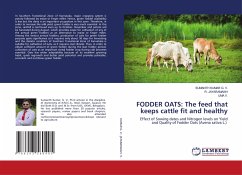In this study, oat flour (OF) and steel cut groats (SCG) were used in tarhana production in order to improve functional properties of tarhana. Control sample did not contain oat products. OF and SCG addition enhanced the nutritional value of the tarhana by increasing their -glucan content beyond the 0.75 g/serving required by the FDA for health claims (FDA 1997). The most abundant phenolic acids were vanillic and ferulic acids, and they were followed by syringic and gallic acid in the samples with oats. Tarhana samples supplemented with OF and SCG also showed higher antioxidant activities than that of control as expected from the phenolic contents and phenolic acid levels of tarhana samples. Sensorial analysis showed that OF and SCG addition did not cause any undesirable taste and odour in the tarhana soups. As a result, these tarhana samples with SCG and OF can claim to be a good sources of minerals, dietary fibers, -glucan, phenolic compounds and have greater antioxidant activity as compared to tarhana samples produced with only white wheat flour. In this way, oats substitution gained prebiotic and functional effect to tarhana.

